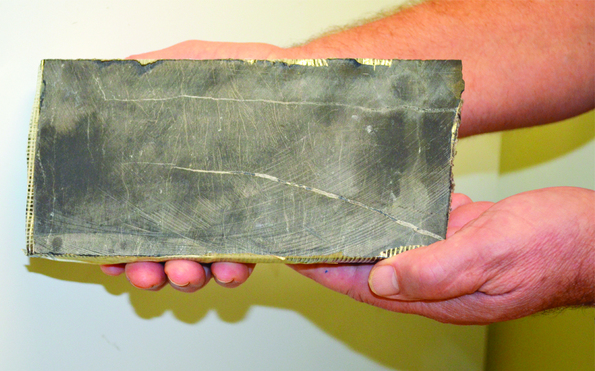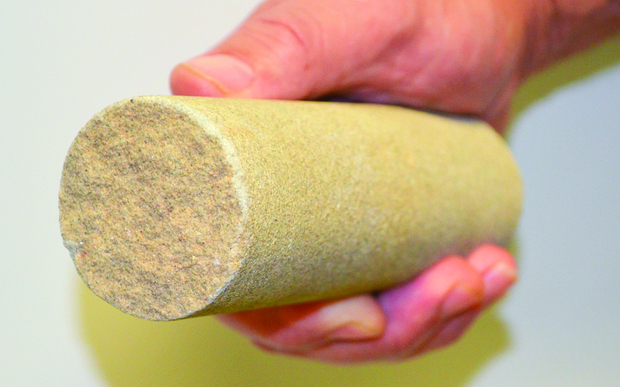Natural gas can be extracted from different geological formations and, depending on the type of formation, different extraction methods are required.
This information sheet explains where natural gas can occur and how it is extracted.


How is natural gas extracted?
Typically, natural gas is extracted from permeable rock formations such as carbonates, sandstones and siltstones which can flow freely from the rock formation when tapped by a petroleum well. This is because permeable rock formations have tiny interconnected cavities which enable the gas to flow.
Natural gas can also be found in less permeable rock (typically found 2 to 5 km underground) and is recognised by the type of rock it is extracted from, such as:
- Shale gas – found in shale
- Tight gas – found in compacted sandstone or limestone
- Coal seam gas – found in coal seams
Shale and tight gas requires hydraulic fracture stimulation (fraccing) to create fractures (cracks) in the gas-bearing rocks to create a path for the natural gas to flow at commercially viable rates (see information sheet on Hydraulic fracture stimulation).
Coal seam gas (not prospective in WA) typically requires dewatering of coal seam beds to relieve the pressure which holds the natural gas tightly to the coal seams. Occasionally hydraulic fracture stimulation is required.
The table below provides information on different types of natural gas resources in Australia and their extraction methods. Figures are estimates only.
Gas Extraction Methods
| Rock type | Shale | Compacted* sandstone and limestone | Coal seams | Sandstone and limestone |
|---|---|---|---|---|
| Resource type | Natural gas | Natural Gas | Natural gas | Natural gas |
| Depth below surface | 2000 - 5000 metres | 2000 - 5000 metres | 300 - 1000 metres | 1000 - 5000 metres |
| Production well type | Vertical or Horizontal | Vertical or Horizontal | Vertical | Vertical and Horizontal |
| Is hydraulic fracture required? | Always | Usually | Occasionally | Rarely |
| Average number of production wells per well pad | 6 | 6 | 1 | 1 |
| Average well pad spacing in production field | 1.5km apart | 1.6km apart | 0.5 - 1km apart | Varies |
*Low permeability and porosity
How does natural gas form?
Natural gas exists within sedimentary basins. These basins develop over tens of millions of years and gradually fill with sediment and organic matter which gets compacted into rock layers. Within these rock formations, oil and gas develops.
Formations which generate oil and gas are called ‘source rocks’ and most oil and gas remains trapped within the source rock itself.
However, a small proportion of oil and gas from source rocks migrates towards the surface until it reaches an impermeable rock formation. This rock formation acts as a natural seal or trap, preventing the oil or gas from rising to the surface.
Petroleum operators extract natural gas by locating underground traps where it has accumulated in one spot.
Advancements in technology have enabled operators to drill deep into the ground and extract natural gas from the source rocks (where oil and gas is formed and trapped) economically.

For more information check out Natural gas from shale and tight rock, Email: shaleandtightgas@dmirs.wa.gov.au or Telephone +61 8 9222 3333
